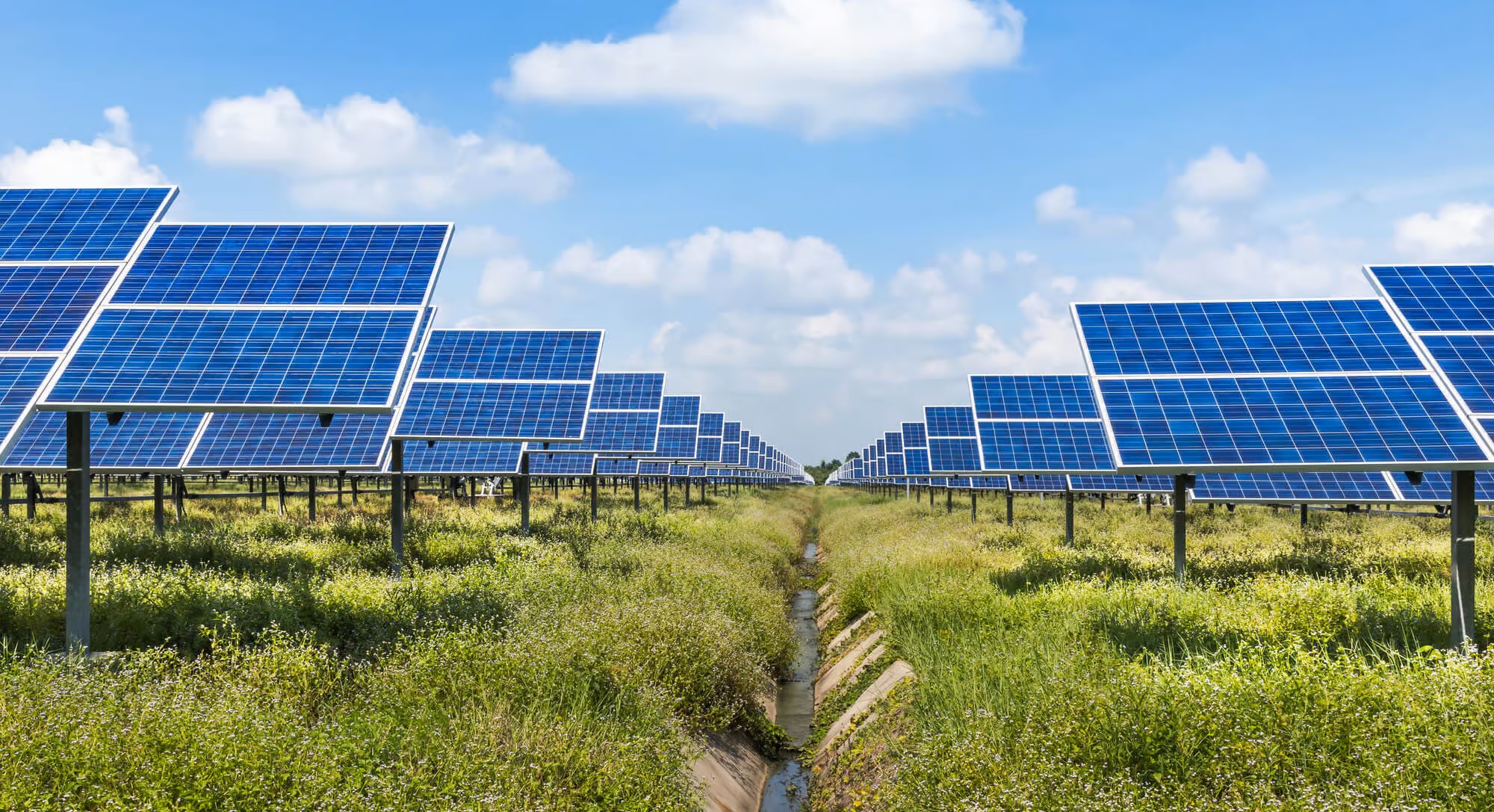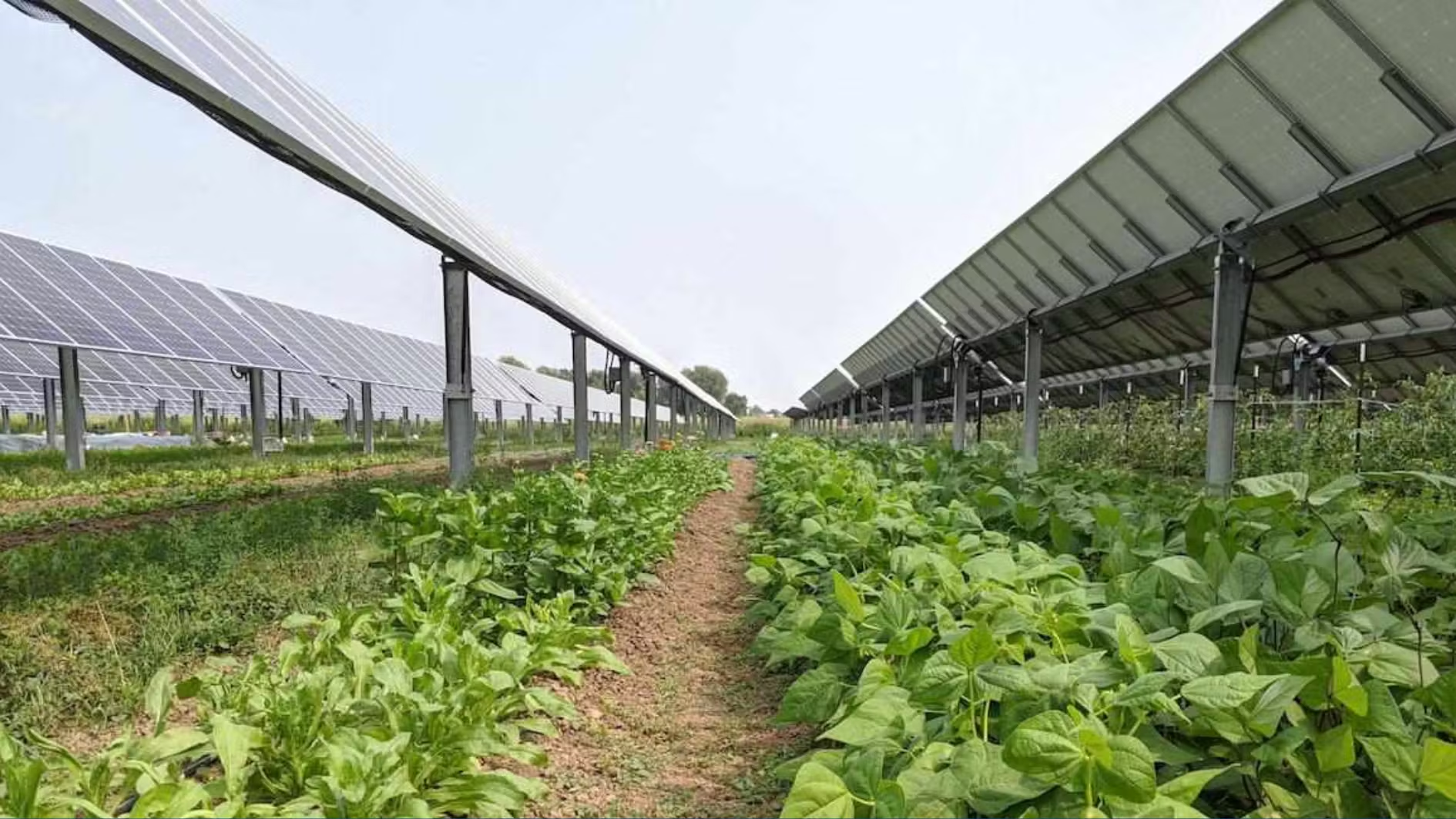Agricultural Solar Farming

Solar Power Generation for Farming
Turning Farmland into a Source of Clean Energy With a solar power generation system, farmers can use their land not just for crops — but also to produce electricity. By installing solar panels on unused land or over irrigation canals, farms can generate sustainable power for their needs or even sell it to the grid for extra income.
Why Farmers Choose Solar Power Generation?
Solar power generation in agriculture is the future of smart, sustainable farming — helping farmers become energy independent and financially stronger.

Benefits
- Earn Extra Income : Generate electricity and sell surplus power to the grid through government buyback programs — turning sunlight into steady revenue.
- Reduce Energy Bills : Power irrigation systems, pumps, and machinery directly from solar energy, cutting dependence on grid electricity or diesel.
- Dual Use of Land : Install solar panels above crops or pathways, allowing both farming and energy generation on the same land.
- Government Subsidies & Incentives : Take advantage of attractive solar subsidies and net metering schemes to lower installation costs and maximize returns.
Maintenance of Agricultural Solar Systems
Proper maintenance ensures your solar power system performs efficiently for years. While solar systems require very little upkeep, regular checks help maximize energy output and extend system life.
Some FAQ's Question?
What is an agricultural solar system?
It’s a solar setup designed to generate electricity for farms — powering pumps, lighting, equipment, or even selling surplus energy to the grid.
Can I use solar panels to generate electricity and grow crops together?
Yes. This is called agrovoltaics, where solar panels are installed above crops, allowing both farming and energy production on the same land.
How long does an agricultural solar system last?
Solar panels typically last 20–25 years with proper care.
Can I earn money by selling extra electricity?
Yes. Through net metering or grid-connected systems, farmers can sell surplus power and earn regular income.
How much land is required for a solar farm?
Approximately 1 acre is needed for every 1 MW of solar capacity, depending on panel layout and type.
